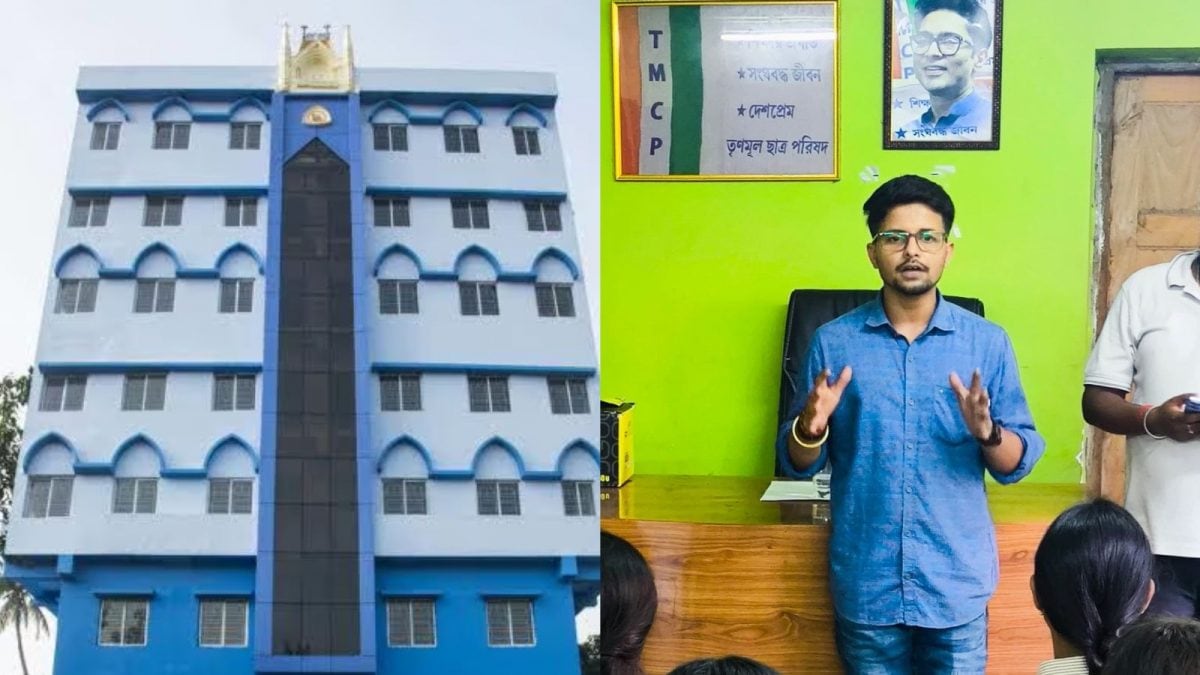The story so far:The Union Cabinet approved an Employment-Linked Incentive (ELI) scheme with an outlay of ₹99,446 crore. The scheme, a promise made in the 2024-25 budget, is aimed at creating employment, particularly in the manufacturing sector. It is a part of the Prime Minister’s package of five schemes to facilitate employment such as internships with big companies and measures to improve skills of the youth.
What are the key provisions?
The ELI scheme, according to the Labour Ministry, incentivises creation of more than 3.5 crore jobs over a period of two years. The Centre expects 1.92 crore newly employed people to get the benefit of the scheme, which comes into operation from August 1, 2025 and ends on July 31, 2027. The Employees Provident Fund Organisation (EPFO) will implement the scheme. Newly recruited employees, with salaries up to ₹1 lakh, will get a one-month EPF wage up to ₹15,000 in two installments. The EPFO will pay the first instalment after six months of service and the second instalment after 12 months of service — both as direct bank transfer. A portion of the incentive will be kept in “a savings instrument of deposit account for a fixed period and can be withdrawn by the employee at a later date”. The establishments, registered with EPFO, will get up to ₹3,000 per month, for two years, “for each additional employee with sustained employment for at least six months”. The Centre adds that for the manufacturing sector, incentives will be extended to third and fourth years as well.
How have employers responded?
Employers have welcomed the scheme, with caveats. Former Federation of Indian Chambers of Commerce and Industry president Subhrakant Panda said that ELI is a “laudable initiative”. It will drive employment, especially in the manufacturing sector, through an innovative approach which combines support for those joining the workforce for the first time with incentives for creating sustained employment, he added. CII’s office-bearer Sachit Jain said the ELI scheme has the potential to reshape India’s employment landscape and boost labour-intensive sectors. The Sangh Parivar-backed Laghu Udyog Bharati pointed out that the focus of the scheme must be directed towards micro, small manufacturing units and allied service sectors. “We also urge that units with less than 20 employees, which form the majority, are not left behind. These units must be included under the scheme benefits,” it demanded in a statement.
The founder of the Association of Indian Entrepreneurs, K.E. Raghunathan, told The Hindu that the scheme must be repositioned under the Ministry of Micro, Small and Medium Enterprises, with a structured reimbursement model based on actual payroll data addition. “For every new employee a specific percentage of the salary must be paid to the employee and employer as a subsidy directly on a monthly basis, as long as the employee remains in service. Make it simple and ensure a wider coverage,” he suggested.
What about trade unions?
Barring the RSS-backed Bharatiya Mazdoor Sangh (BMS), all 10 central trade unions have questioned the scheme. The BMS has welcomed the ELI scheme with a rider that the government must expand the social security base and improve the quality of employment. Other unions fear that workers’ money will be used to incentivise employers. Citing the fate of the Production-Linked Incentive of 2020, wherein certain sectors were given sops by the Centre to create jobs, but the money had gone into the pockets of big companies. They argued that the EPFO had to conduct a probe and ban certain companies after finding the scheme was misused for employers’ benefits.
What are some of the concerns?
There are concerns on the role of the EPFO in the scheme. As EPFO is only a custodian of savings of employees, unions are asking how it can act as an agency to implement the scheme. As the EPFO has no government funds in its books, there are doubts over the reimbursement of the money which could go to the employer or a newly recruited employee. As EPFO is not an agency with the responsibility of creating jobs, there are demands to create a separate agency to implement the scheme.
Industry experts are also questioning why the government is not addressing the slowdown in the economy, and not taking steps to improve the purchasing power of workers.



.png)
.png)
.png)
















 7 hours ago
10
7 hours ago
10










 English (US) ·
English (US) ·